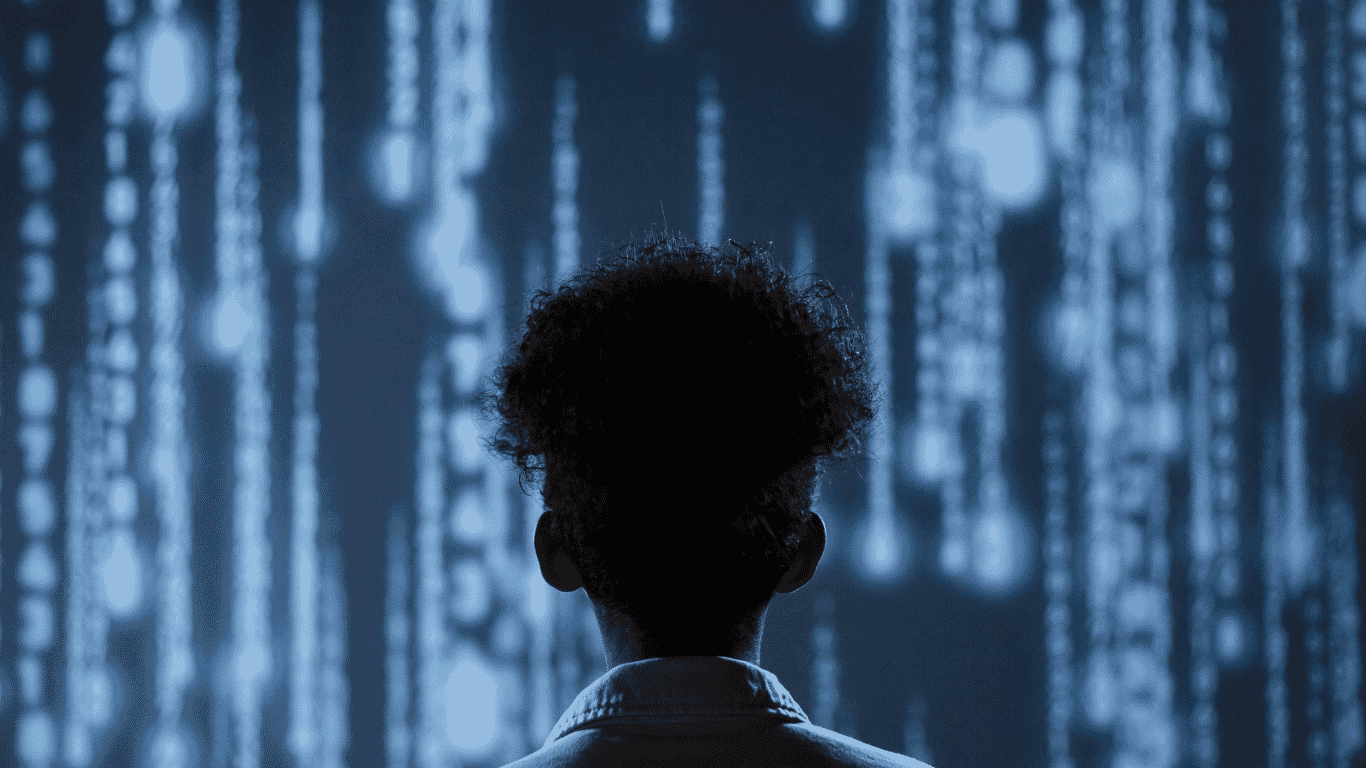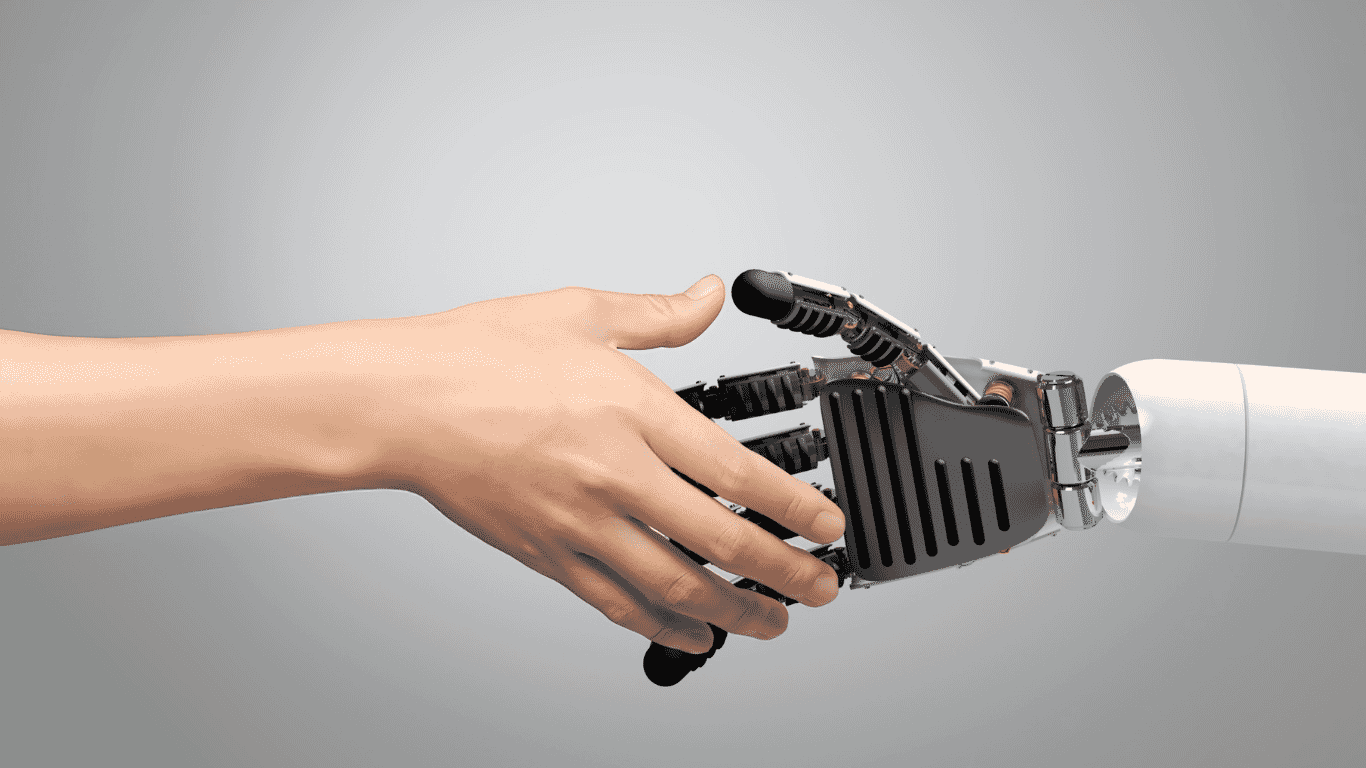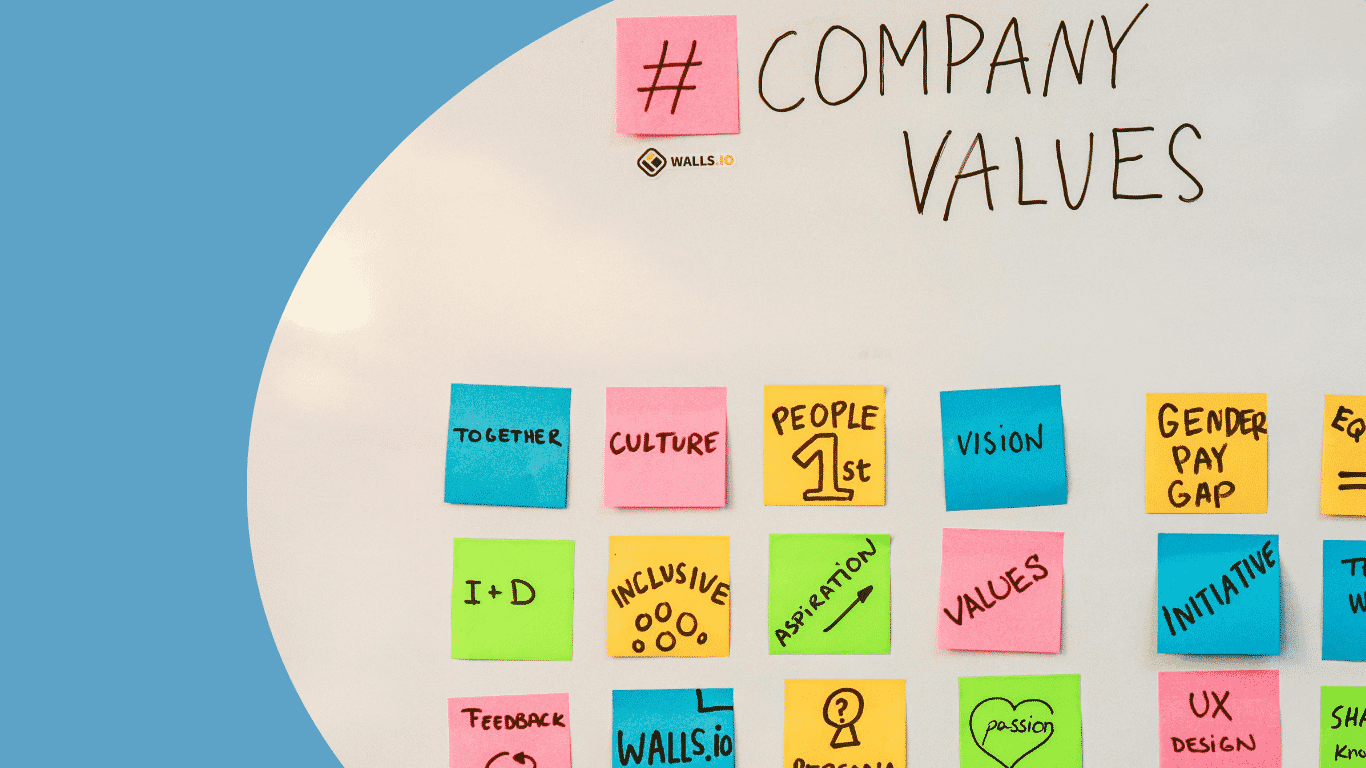Understanding and Preventing Burnout: A Major Challenge for Companies
Burnout is a state of physical, psychological, and emotional exhaustion resulting from chronic stress.
Date: 9. May 2025
Categories: burnout, PGLecture

It is common to hear that an employee has left their job due to burnout. However, the definition of this syndrome varies from person to person. Everybody brings their definition to the table. In the 1960s, people also referred to “flame-out.” But what exactly is burnout?
Burnout: A Clear Definition
According to work psychologists Nadia Droz and Anny Wahlen, burnout is a state of physical, psychological, and emotional exhaustion resulting from chronic stress. It arises from the interaction of three interrelated factors:
- Individual characteristics (personality, etc.)
- Conditions or environments of investment (work, family, etc.)
- An imbalance in the social or personal context
Contrary to common belief, burnout is not solely caused by work-related problems. It occurs when an individual, at a specific moment, can no longer compensate, with the help of his/her resources, for accumulated stress factors.
Symptoms of Burnout
Burnout manifests in various ways and affects multiple aspects of a person’s well-being:
- Cognitive and mental: Memory loss, decreased productivity
- Emotional and affective: Guilt, shame, negative emotions
- Social: Withdrawal from interactions, skipping breaks, deteriorating relationships
- Behavioral: Alcohol consumption, disorganization, increased irritability
- Physical and psychosomatic: Sleep disturbances, hair loss, noise hypersensitivity, weakened immune system
Beyond these symptoms, burnout often results in a loss of meaning and an inability to reflect clearly, leading to a “brain shutdown.”
Burnout vs. Depression: A Key Distinction
Anny Wahlen, work psychologist, highlights a crucial difference between burnout and depression:
- Burnout: “The desire is there, but the body can no longer keep up.”
- Depression: “The desire is gone, but the body could still function.”
This distinction underscores that burnout primarily affects individuals highly engaged in their work, who push their limits until exhaustion.
Who is at Risk of Burnout?
While anyone can experience burnout, certain profiles are more susceptible. This is where the factor ‘individual characteristics’ comes into play:
- Highly dedicated employees
- Highly qualified and motivated professionals
- Perfectionists who always aim for excellence
- Those who constantly take on more responsibilities
Freudenberger and North (1974, 1992) describe the early phases of burnout as an initial phase of enthusiasm and high expectations, followed by increasing workloads, neglecting personal needs, and repressing conflicts. This “alarm phase” is where companies can intervene effectively.
The Role of Companies and Managers
Organizations play a critical role in preventing burnout. Here are some concrete actions to implement:
During the Recruitment Process:
- Be transparent about job expectations and company values
- Avoid selecting candidates solely based on “high stress resistance,” as this trait can make them more vulnerable to burnout
- Ensure alignment between the company’s values and those of new hires, as a lack of alignment can lead to a loss of meaning and a potential burnout
As a Leader:
- Clearly define expectations and set realistic goals
- Encourage open communication about workload and well-being (metacommunication!)
- Recognize and reward efforts, allowing employees to recuperate after intensive work periods
- Foster team discussions on burnout and work-life balance
Together, let’s create a healthier work environment!
Write to us for more information and personal guidance.
Your PG Team



